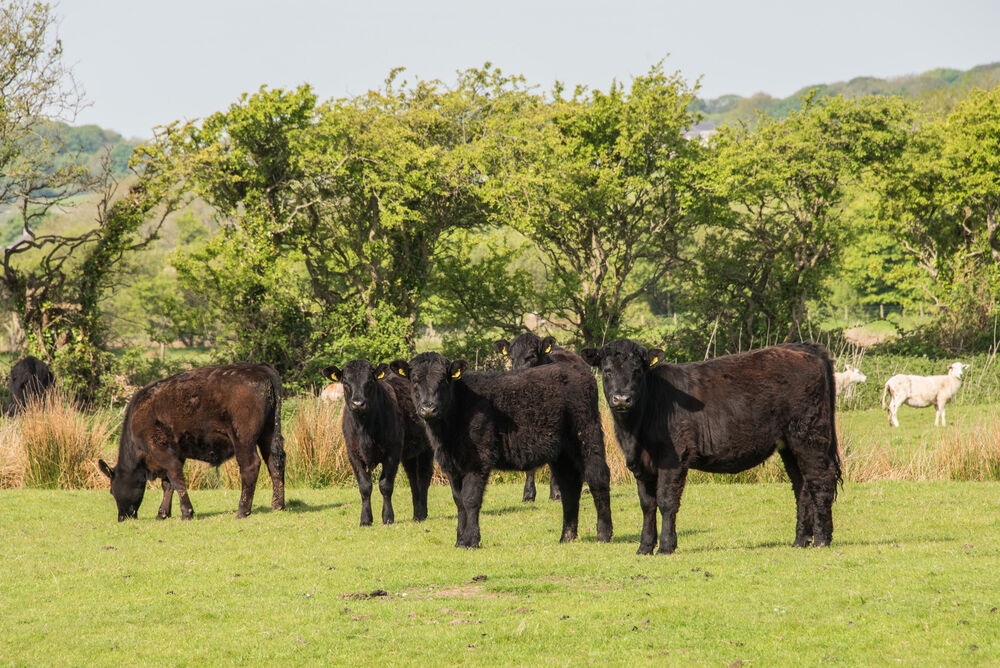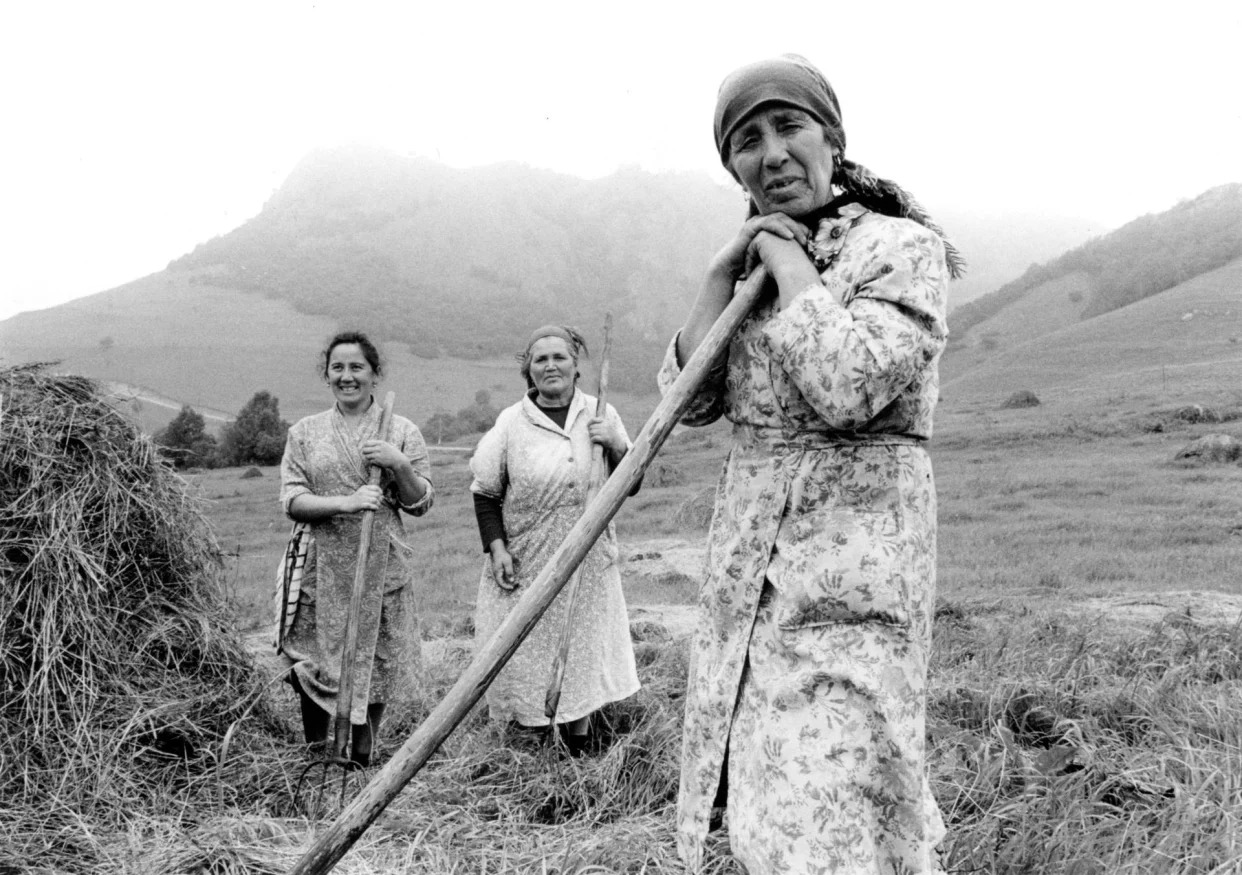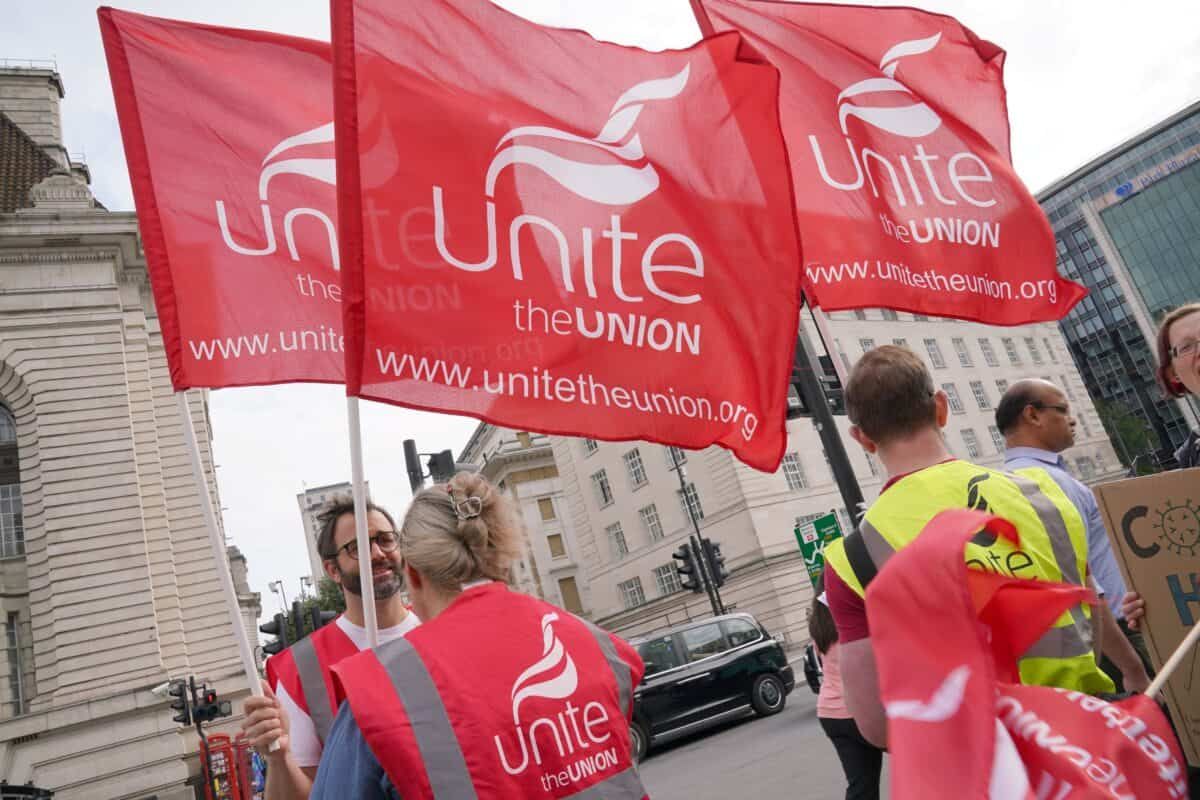Matching dinosaur footprints found on opposite sides of the Atlantic Ocean
Tracks show the last place dinosaurs could travel between Africa and South America before the two continents split
Southern Methodist University
image:
A long ornithopod trackway at Passagem das Pedra, Sousa
Basin preserved in floodplain deposits of Lower Cretaceous.
Credit: Ismar de Souza Carvalho
DALLAS (SMU) – An international team of researchers led by SMU paleontologist Louis L. Jacobs has found matching sets of Early Cretaceous dinosaur footprints on what are now two different continents.
More than 260 footprints were discovered in Brazil and in Cameroon, showing where land-dwelling dinosaurs were last able to freely cross between South America and Africa millions of years ago before the two continents split apart.
“We determined that in terms of age, these footprints were similar,” Jacobs said. “In their geological and plate tectonic contexts, they were also similar. In terms of their shapes, they are almost identical.”
The footprints, impressed into mud and silt along ancient rivers and lakes, were found more than 3,700 miles, or 6,000 kilometers, away from each other. Dinosaurs made the tracks 120 million years ago on a single supercontinent known as Gondwana – which broke off from the larger landmass of Pangea, Jacobs said.
“One of the youngest and narrowest geological connections between Africa and South America was the elbow of northeastern Brazil nestled against what is now the coast of Cameroon along the Gulf of Guinea,” Jacobs explained. “The two continents were continuous along that narrow stretch, so that animals on either side of that connection could potentially move across it.”
Most of the dinosaur fossils were created by three-toed theropod dinosaurs.. A few were also likely made by sauropods or ornithischians, said Diana P. Vineyard, who is a research associate at SMU and co-author of the study.
Other co-authors of the study were Lawrence J. Flynn in the Department of Human Evolutionary Biology at Harvard University, Christopher R. Scotese in the Department of Earth and Planetary Sciences at Northwestern University and Ismar de Souza Carvalho at the Universidade Federal do Rio de Janeiro and Centro de Geociências.
The study was published by New Mexico Museum of Natural History & Science in a tribute to the late paleontologist Martin Lockley, who spent much of his career studying dinosaurs tracks and footprints.
Dinosaur footprints tell the whole story
Africa and South America started to split around 140 million years ago, causing gashes in Earth's crust called rifts to open up along pre-existing weaknesses. As the tectonic plates beneath South America and Africa moved apart, magma from the Earth's mantle rose to the surface, creating new oceanic crust as the continents moved away from each other. And eventually, the South Atlantic Ocean filled the void between these two newly-shaped continents.
Signs of some of those major events were evident between both locations where the dinosaur footprints were found – at the Borborema region in the northeast part of Brazil and the Koum Basin in northern Cameroon. Half-graben basins -- geologic structures formed during rifting as the Earth’s crust pulls apart and faults form -- are found in both areas and contain ancient river and lake sediments. Along with dinosaur tracks, these sediments contain fossil pollen that indicate an age of 120 million years.
Before the continental connection between Africa and South America was severed, “rivers flowed and lakes formed in the basins” Jacobs said. “Plants fed the herbivores and supported a food chain. Muddy sediments left by the rivers and lakes contain dinosaur footprints, including those of meat-eaters, documenting that these river valleys could provide specific avenues for life to travel across the continents 120 million years ago.”
Theropod footprint from Sousa Basin, Lower Cretaceous of
Northeastern Brazil.
Credit
Ismar de Souza Carvalho
Two representative theropod tracks from the Koum Basin in Cameroon.
Credit
SMU
About SMU
SMU is the nationally ranked global research university in the dynamic city of Dallas. SMU’s alumni, faculty and more than 12,000 students in eight degree-granting schools demonstrate an entrepreneurial spirit as they lead change in their professions, communities and the world.
Method of Research
Meta-analysis
Subject of Research
Animals
Article Title
Vertebrate Paleoichnology: A Tribute to Martin Lockley
Article Publication Date
23-Aug-2024



